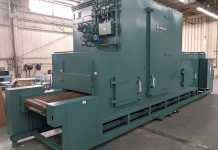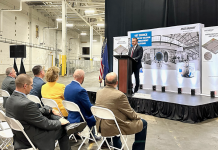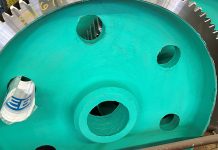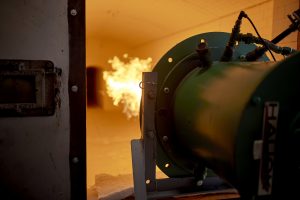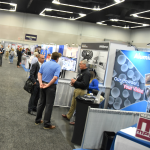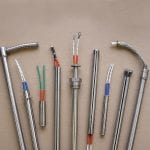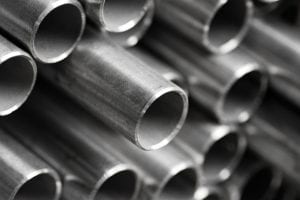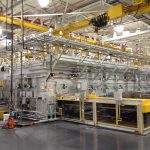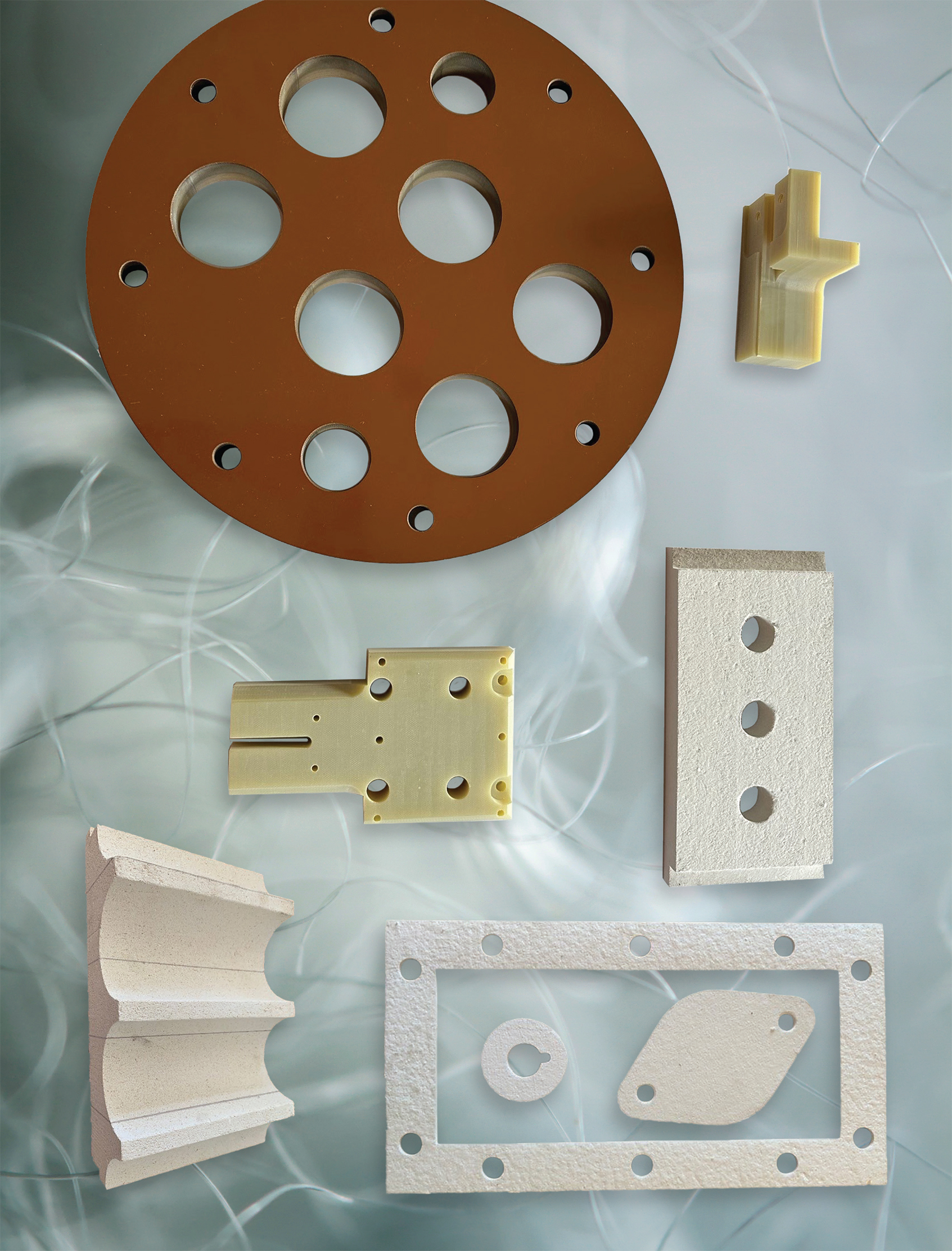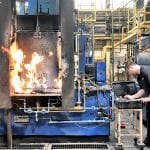Customers are often lauded as the driving force of a company, and that important business focal point is certainly no exception to BriskHeat. But beyond that, a strong force that guides the experts behind BriskHeat’s unique products are — put simply — the cool things the company has done.
“We have this image of our employees — particularly people who build the product and don’t visit customers — we like to have them understand the stories that make us unique,” said John Li, senior vice president of sales. “We envision our employees sitting with their kids saying, ‘You know what, when the space shuttle went up, we helped that happen because we fixed the tiles.’ Or, for example, sustainability. One of our biggest projects of all time was for Clipper Wind, which is a series of wind turbines for energy all around the country. What we did for them is we created a kit when they would need to repair those blades made of composites. They could carry the power up to the top of the wind turbine and do the repair on top instead of having to bring the blades down. And those blades are huge.”
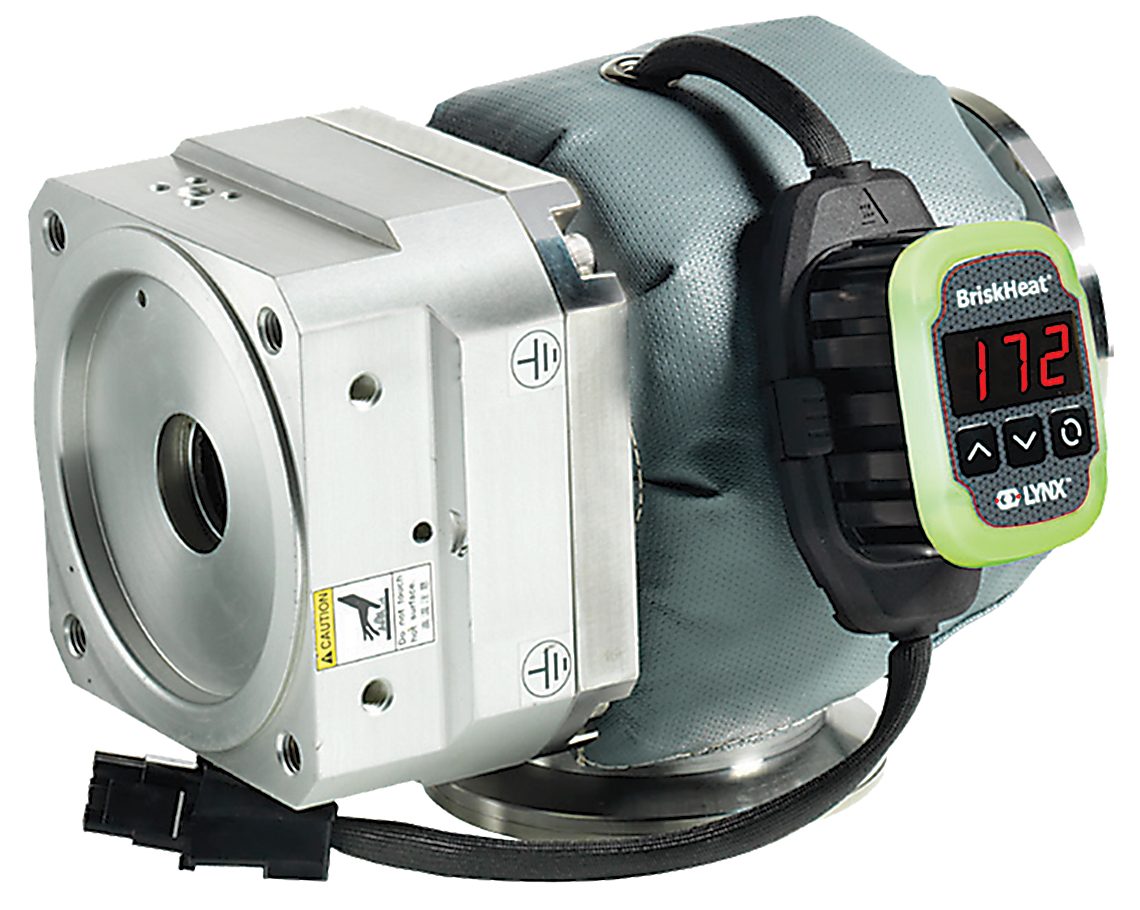
Innovation drive
That enthusiasm from the top down at BriskHeat is what has continued to drive the innovation of heat treating for more than 70 years, in which the company divides heat into four specific applications, according to Li.
“One of those is process heating, which is what a lot of your customers in the magazine are dealing with,” he said. “It’s different types of heating for process.”
This would involve processes that include heating components for vacuum bake out, heating gas-containing vessels to prevent gas condensation, or heating to reach a particular temperature for an application, according to Li.
“That’s the first type,” he said. “The second type is what we call viscosity control. Sometimes it can be for a process, but it’s very specific to thick fluids and fixed substances that have to be heated to make them flow better.”
As an example, Li said viscosity control could be used in a food processing facility that uses molasses or a shortening. It could be a petrochemical facility heating crude oil or heating other thick oil compounds that must be heated to either prevent them from sticking in the pipes or to increase flow. Freeze protection would also fall into this category.
The third application is condensation prevention.
“That’s gas work,” Li said. “We do a lot of work with companies that are using gas for a process, and it starts out in a storage facility and gas tanks of some type. They have to transport that gas to where the gas is actually prepared for production.”
When the gas is sent through the pipes, it must be heated to prevent condensation while maintaining the gas at certain pressures to ensure it stays in gaseous form. This application also includes heat to prevent moisture condensation, according to Li.
The final heat application is considered miscellaneous since it doesn’t really fit into any of the previous three categories.
“Composite curing would be an example of that.” Li said. “It’s a process used to fix airplane wings or to fix holes in boats. It’s very specific to the actual need of that application, which is a combination of melting the composite material that bonds while you’re also trying to prevent air from getting inside that repair.”
During the ’70s, BriskHeat developed a controller that not only controls the heat, but the vacuum as well. The process creates a vacuum underneath the repairs to remove air bubbles.
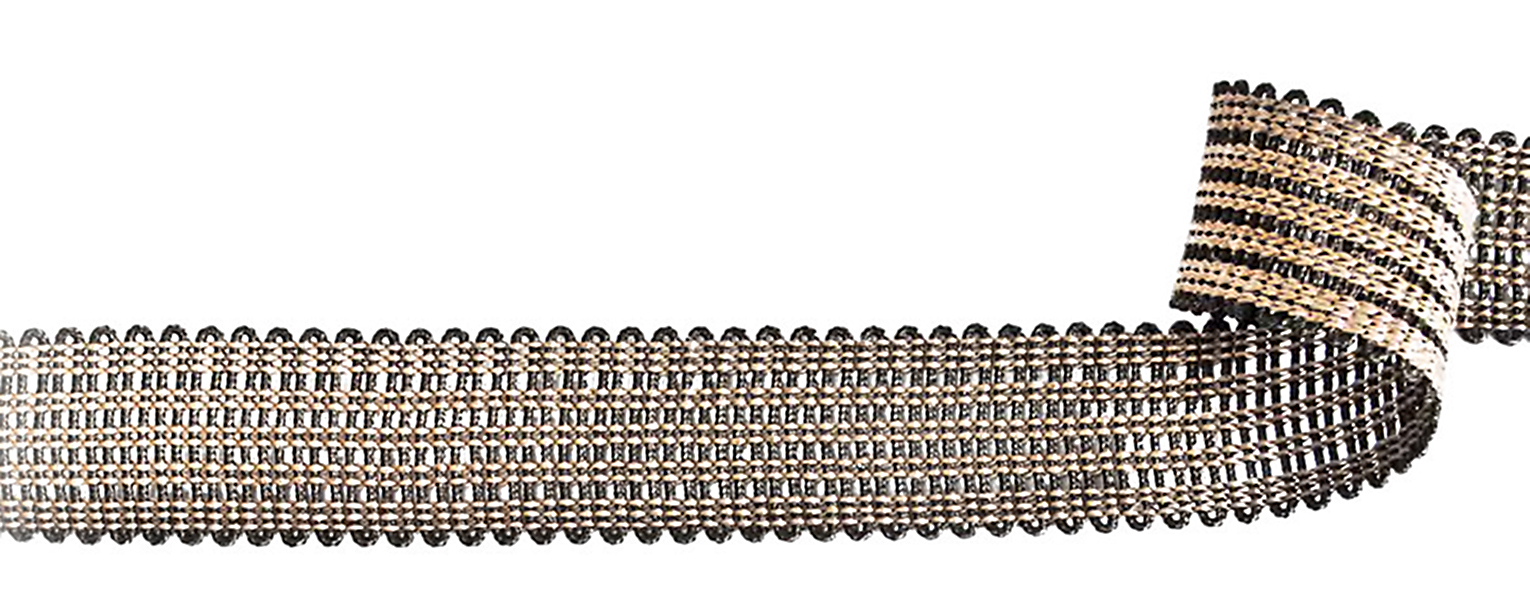
Jobs from the simple to the complex
With those four divisions, Li points out there are two specific aspects when BriskHeat is working with a customer with regards to the process of different types of heat.
“One is surface heat where you’re trying to heat the outside of a vessel or heat the outside of a container,” he said. “It could be as simple as drum heating where companies need to empty the contents of the drum and to other vessels or into a productive machine. If it’s a thicker fluid or if it’s cold outside, the fluid won’t empty from the drum as well. That’s just one of many examples.”
The second aspect might be much more complex, according to Li.
“If you’re talking about a chain reaction where you need a certain temperature for that reaction to take place, that can be solved with surface heat, but the other is where you’re actually immersing heat,” he said.
In 2018, BriskHeat became part of the NIBE Group and their more than 140 companies. For example, Backer North America products include products such as cartridge heaters, band heaters, immersion heaters, and tubular heaters. The variety of metal type heaters that is used for immersion involves a higher heat — 500 degrees or more. This allowed BriskHeat to expand into new markets and expand our product offerings, according to Li.
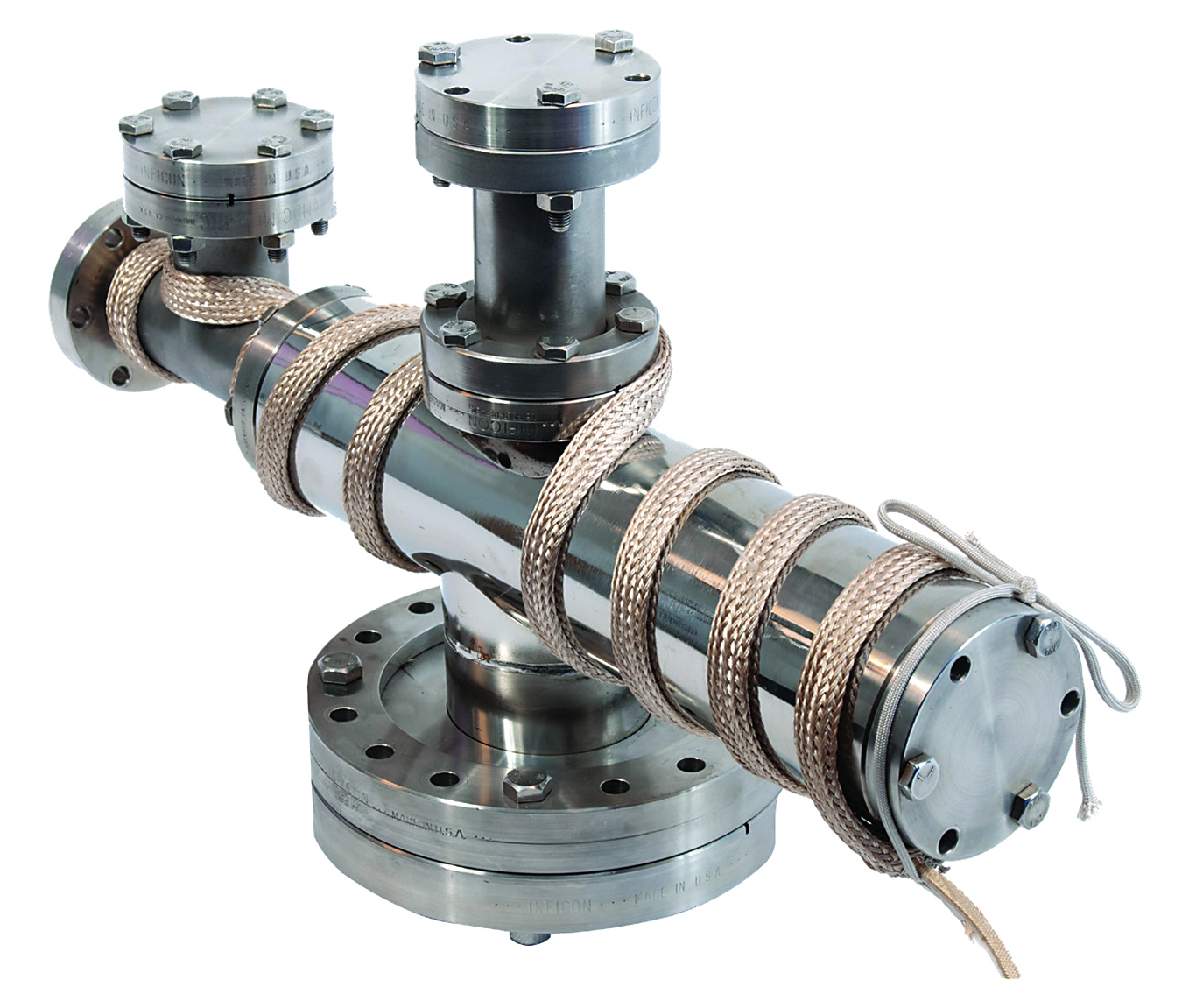
The knitted and braided element
Much of BriskHeat’s innovation can be traced back to the company’s beginnings, when the founder, Earnest Briscoe, a retired Army Air Corps General at the time, created knitted and braided elements flexible enough to wrap around the curvature of airplane wings. The product was later used for pipes, tubing, and any type of apparatus where surrounding it with heat would be difficult.
“To do that, he created a multi-stranded nickel-chromium resistance wire that took a lot of fine tuning because the resistance wire is a super thin gauge thinner than a hair,” Li said. “To get the dimensions, he was looking for ruggedness, heat transfer, and better capability of a lot of different watt densities, so he found a way to use twine machines to multi-strand the resistance wire.”
The next trick was to make sure the element was heating uniformly, according to Li.
“Surface heat is extremely tied to how uniform the heater is because, if there’s a cold spot, it goes counter to what you’re trying to achieve,” he said. “He found a way to take this resistance wire, which was now almost like a thread, put it into spools on a weaving machine — sort of like a carpet-weaving machine — and actually weave knitted and braided tapes of different thicknesses.”
‘Almost an art’
Due to the complexity needed to knit these fine wires into braided heating elements, Li stressed that BriskHeat’s products form a unique challenge for potential competitors.
“It’s almost an art,” he said. “It takes a long time for new operators to learn how to do that, so they don’t break the resistance wire. Of course, if you break the resistance wire, you’ll lose your heat circuit. And so, because of that, no one’s really ever been able to duplicate that.”
And that uniqueness becomes an advantage to BriskHeat’s customers, who Li said his company treats like partners.
“We believe in the customer experience of trying to create unique relationships that carry through the entire customer journey of working with us,” he said.
The customer’s journey
BriskHeat begins this journey with a customer by asking a lot of questions, according to Li, whether the initial contact is through a phone call or online.
“We try to make sure we understand the application; in some cases, it’s simple,” he said. “We have heating cable; we have heating tapes, silicone rubber heaters, and cloth heating jackets, plus the new lines we’ve picked up from other NIBE Companies. The methods that we can use to heat something are extremely varied. In fact, compared to most of our competitors, we have the most varied in the industry. What we try to do is match the most economical choice that we know will meet the need of the customer. And that comes with questions and then usually the next step is we have a checklist to help them decide the things that are important to them. We’ll either go through that with them on the phone or show them where they can find it online. By knowing their needs through questions we’ve asked them and with the checklist, we can recommend something that’ll fit their need and their budget.”
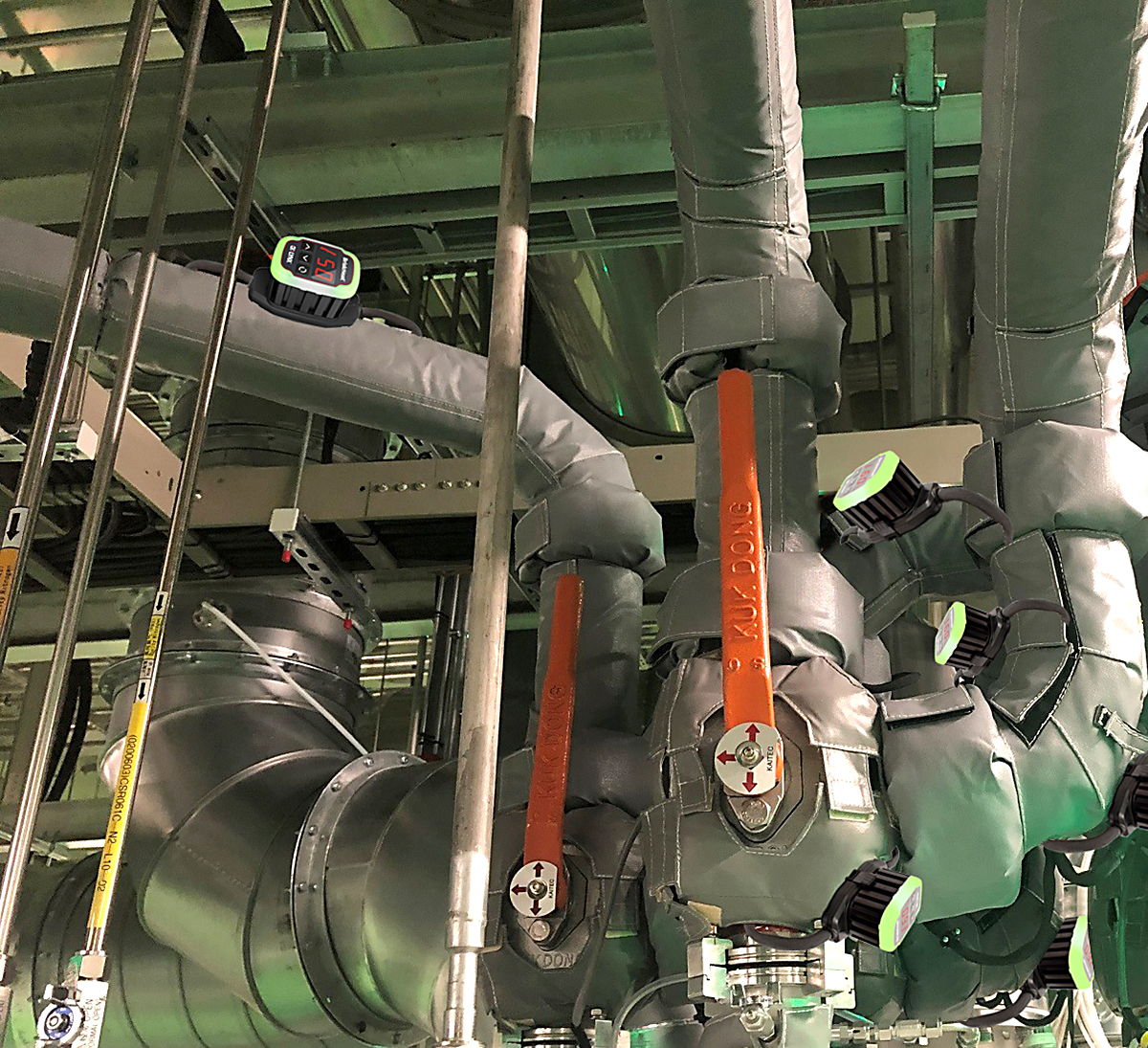
Adding to its product line
With the knitted and braided element still BriskHeat’s key core technology, the company has branched out significantly since it began in 1949.
During the 1970s, BriskHeat expanded during what Li calls the company’s decade of BriskHeat innovation. BriskHeat introduced an encapsulated silicone product and its first ACR, a type of temperature control used for composite curing, particularly in aviation.
In the ’80s, BriskHeat looked to the semiconductor industry as a key opportunity because of the need for heat.
“That led us to a whole new era of growth to the point where I joined the company, which was in 1998,” Li said. “And at that time, almost 70 percent of our business was semi-conductor, so, that’s how productive that decision was. But on the other hand, it was sort of limited growth because semiconductor was a very cyclical market. So, in the late ’90s, we started to reinvest in a lot of the core technologies for non-semiconductor heat. And that created the growth that we still experience today.”
From heating to heating systems
In the early 2000s, BriskHeat turned some of its focus on the user interface of heating systems or controls, according to Li.
“At that time, we came out with the Centipede control system, which was one of the first systems where you had a series of heaters, maybe 20 heaters, covering an exhaust line, for example, and each heater had its own little PID controller,” he said. “So, 2004 was a big year because that was developed. And that took us to a whole new level of semi-conductor innovation and led us into becoming who we are now: the key supplier to some of the top semi-conductor OEMs in the world. That was all due to our Centipede technology.”

Global growth
Over the last 10 to 15 years, BriskHeat has branched out across the world, particularly in the Asian market. In 2010, the company developed a factory in Vietnam to be closer to the world’s largest semiconductor companies, according to Li.
With all its advances in the heat-treat field over the decades, Li said BriskHeat still has an eye on the future and how and where the company’s innovative technology can be next implemented.
“We see heating needs going the route of a lot of other devices that people use, whether it be their car or whether it be for different equipment they use, which means user interfaces becoming friendlier in terms of different things people can do with them. In heat, that means the control side,” he said.
But even with all its impressive achievements through the years, Li emphasized that it all boils down to one major focus: the customer.
“When you talk about whether it’s achievements or whether it’s our specific niche in the industry, our philosophies, and even when you talk about 10, 20 years, it’s all about that customer relationship and managing their needs with what we can supply and making sure that we’re keeping those customers delighted,” he said.
MORE INFO www.briskheat.com










